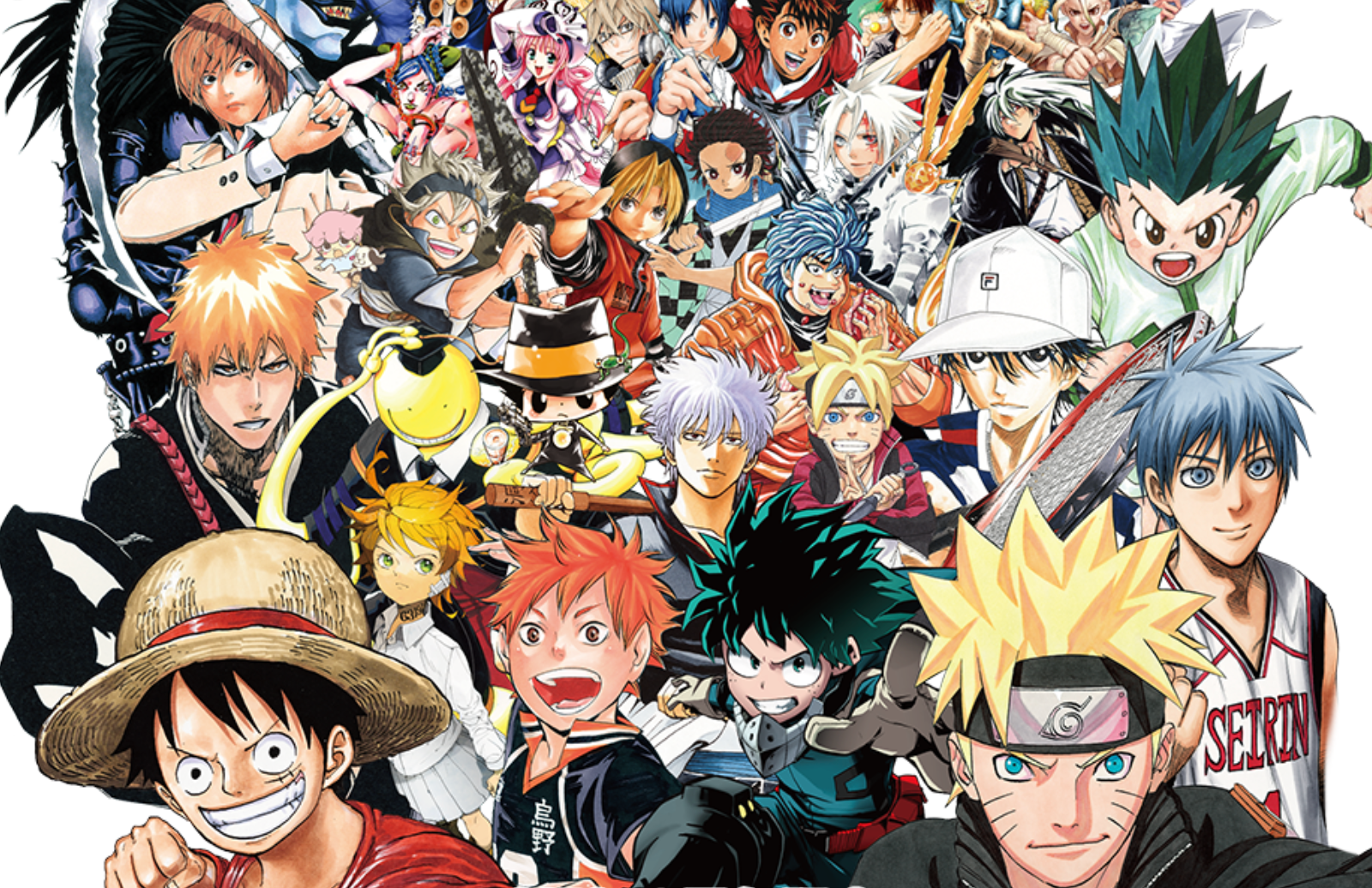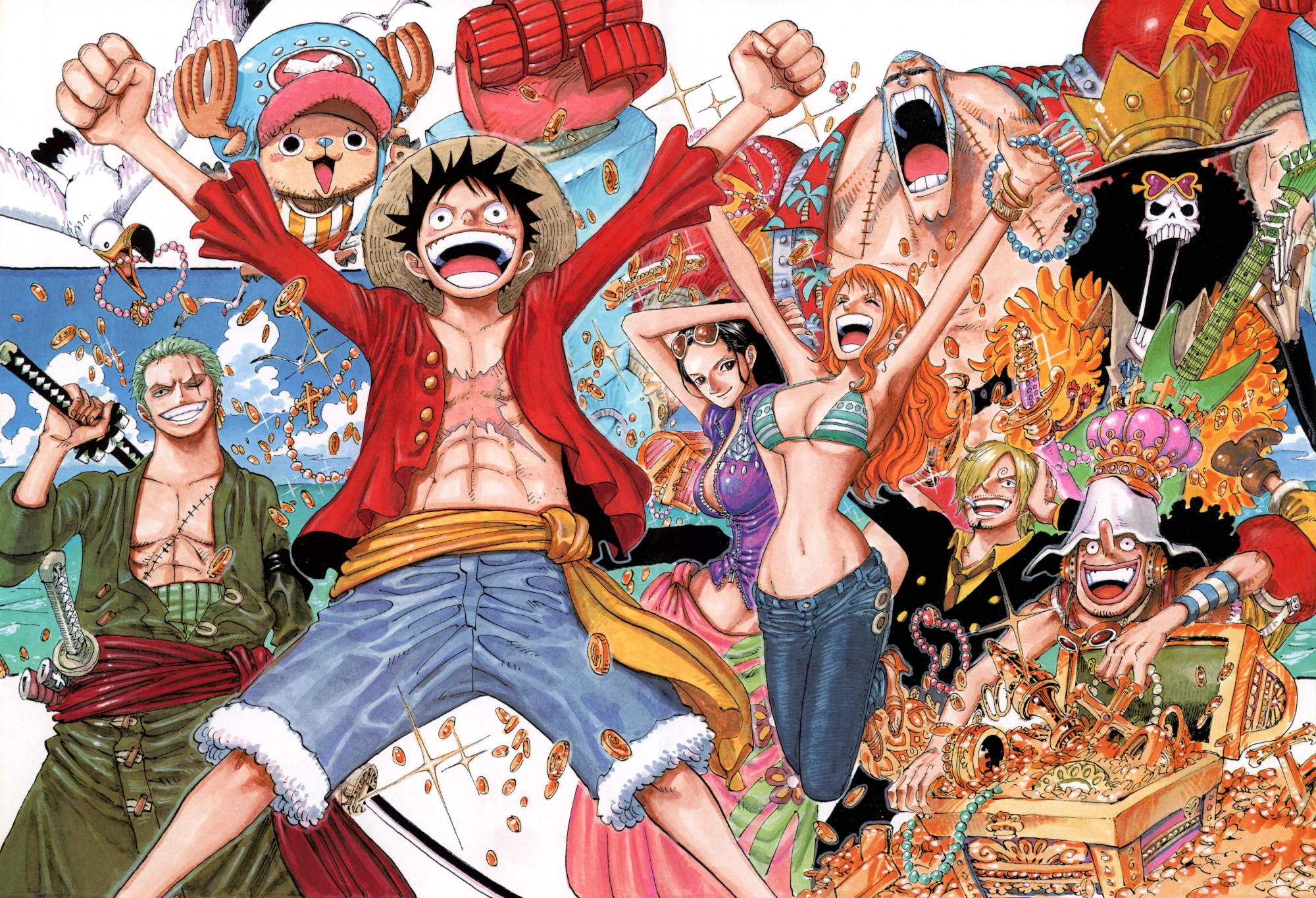Today, the greatest manga magazine in the world turns 50 years old. Weekly Shonen Jump began as an anthology book aimed at young males in Japan, but has since turned into a whole line of comics that dominate the market worldwide, outselling even Marvel and DC. Over the past five decades, Jump comics and anime have influenced masses of people, including myself.
My earliest memories of Jump are of watching anime on TV when I was younger. These memories aren't very vivid - Dragon Ball Z, One Piece, Yu-Gi-Oh! and Ultimate Muscle were on occasionally, but they disappeared in favour of cartoons that were more popular in the UK. It wasn't until I was 11 that I rediscovered the world of Jump in the way many fans do: through Naruto.
Ninjas were all the range in 2011. Cartoons, games, toys and more featured heroes clad in the traditional "pyjama" look, which lead me to a breed of ninjas that were much cooler. Naruto and his friends had awesome character designs, mind-blowing powers and tragic backstories. I was absorbed into their world, catching up on the anime at every opportunity. Of course, I begged my mum to let me buy a shinobi headband.
Through Naruto, I met my best friends, who still share my passion for Jump. Some of them had special knowledge of events that hadn't yet happened in the anime, which led me to read the manga and rekindled my love for comic books. Initially, I didn't know you could buy Jump comics in the UK and used online manga readers - I was thrilled when I first came across a paperback volume of Death Note.
Death Note was important not just in showing me you could buy manga, but that it was more than just superheroes. This gritty supernatural crime drama showed me the range that Jump has and encouraged me to branch out further (but I ultimately still went for the action stories most of the time).
In the summer of 2013, I gave One Piece a try after having previously been put off by the art style. Each volume was bursting with creativity and it quickly surpassed every other manga I had read before. I switched between the manga and anime, with there being a period where I watched a whopping 30 episodes a day.
A year later, I started buying the digital Weekly Shonen Jump, where I discovered series like Nisekoi, Toriko and One-Punch Man. Getting over 200 pages of manga a week for a great price was a dream come true, and Monday went from my least favourite day to the best. Around that time, Viz Media began "Jump Start", which gave us a look at new series from Japan such as the underrated Hi-Fi Cluster.
The 1st September 2014 issue of Weekly Shonen Jump featured the first two chapters of JoJo's Bizarre Adventure. I could barely finish the first, and wondered how anybody could enjoy such a grotesque manga. Out of curiosity, I looked up the series online and was drawn in by how it'd had eight different protagonists over the years, something I hadn't seen in manga and anime outside of the various Yu-Gi-Oh! spin-offs. It has since become not only my favourite Jump manga, but one of the best comics I have ever read.
I followed Weekly Shonen Jump for three years, but as life got busier it became difficult to find time for so much manga and eventually One Piece was the only part of the magazine I read (even then I was falling behind). Collecting the physical volumes became my preferred method of following the series, which I've done since the start of the Whole Cake Island arc - I eagerly await volume 87.
Today, I continue to try out new Jump series and relive some of the best moments from old favourites. I'm proud to have experienced part of the first five decades of this incredible manga franchise, and will surely remain a fan for the next 50 years.






Comments
Post a Comment